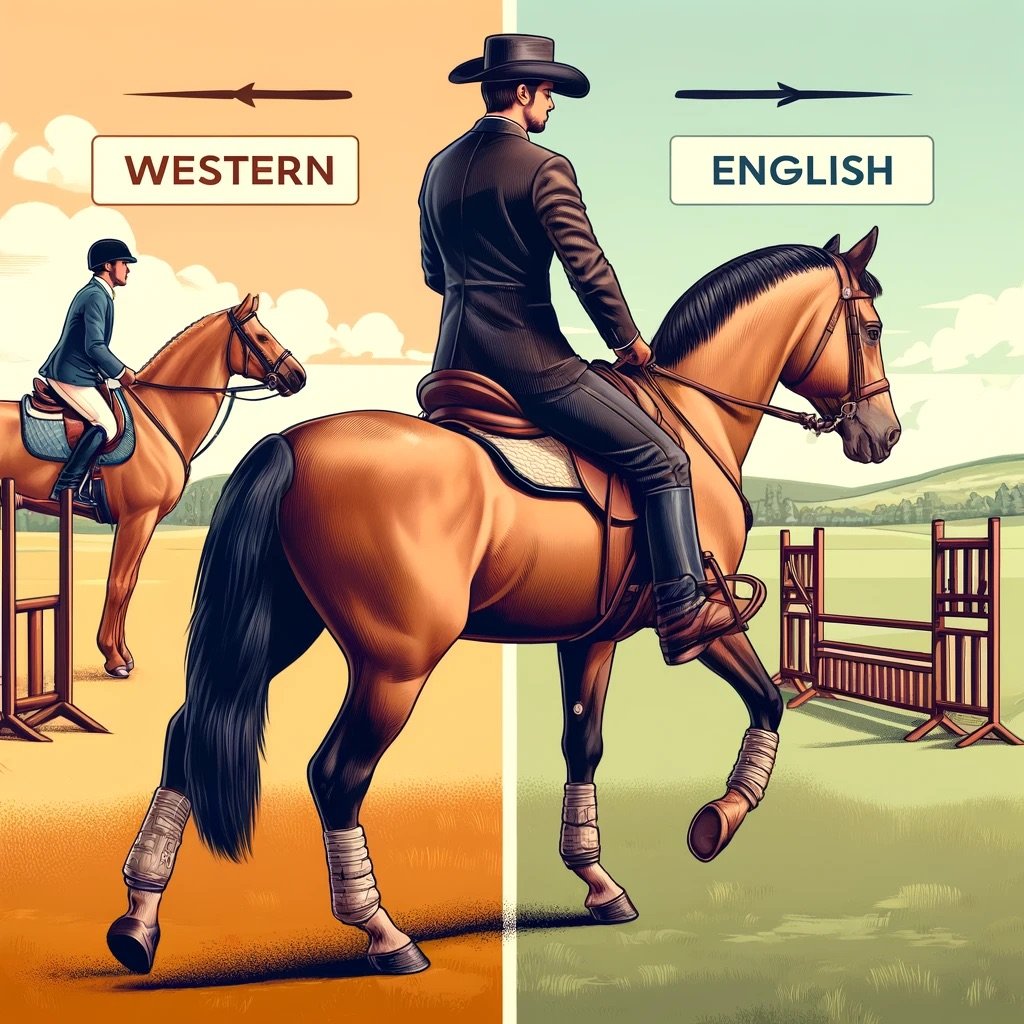Show jumping is an exhilarating equestrian sport that tests the agility, speed, and precision of both horse and rider. Here’s a guide to getting started with jumping and mastering the essential techniques.
1. Understanding Show Jumping
- Objective: The goal of show jumping is to complete a course of obstacles in the fastest time without knocking down any jumps or incurring penalties.
- Course Design: Courses consist of various jumps, including verticals, oxers, combinations, and water jumps, each presenting unique challenges.
2. Basic Jumping Techniques
- Approach: Maintain a balanced and steady approach to each jump. Ensure your horse is moving forward with energy and confidence.
- Takeoff: As the horse approaches the jump, shift your weight slightly forward into a two-point position. Give a gentle squeeze with your legs to encourage the horse to take off.
- In the Air: Keep your hands soft and follow the horse’s motion with your body. Maintain a light contact with the reins to guide the horse without restricting its movement.
- Landing: Absorb the impact with your knees and ankles, returning to a balanced position. Encourage the horse to move forward smoothly after landing.
3. Jumping Position
- Two-Point Position: Lift your seat slightly out of the saddle, supporting your weight with your legs. Keep your back straight and eyes focused ahead.
- Balance: Maintain a balanced position over the horse’s center of gravity to help the horse stay balanced and controlled.
- Hands and Reins: Keep your hands low and soft, allowing the reins to slide through your fingers as needed to follow the horse’s motion.
4. Training Tips
- Start Small: Begin with low jumps to build confidence and technique. Gradually increase the height and complexity of the jumps as you and your horse improve.
- Grid Work: Use grid exercises (a series of jumps set at specific distances) to improve rhythm, balance, and jumping technique.
- Consistency: Practice regularly to develop a consistent and smooth jumping style.
5. Common Types of Jumps
- Verticals: Single poles placed vertically, requiring a clean and straight jump.
- Oxer: Two poles placed parallel, requiring the horse to jump both height and width.
- Combination: Two or more jumps set close together, testing the horse’s agility and control.
- Water Jumps: Jumps with a water element, requiring precision and confidence.
6. Safety Considerations
- Proper Gear: Always wear a helmet and appropriate jumping gear, including a body protector if needed.
- Inspect Equipment: Check the condition of the jumps and arena footing to ensure a safe jumping environment.
- Know Your Limits: Progress at a pace that’s comfortable for both you and your horse. Don’t rush into higher or more complex jumps until you’re ready.
Conclusion
Show jumping is a thrilling equestrian discipline that requires skill, precision, and practice. By mastering basic techniques, maintaining a balanced position, and practicing regularly, you can build confidence and improve your jumping performance. Embrace the challenge and enjoy the excitement of show jumping. Happy riding!










